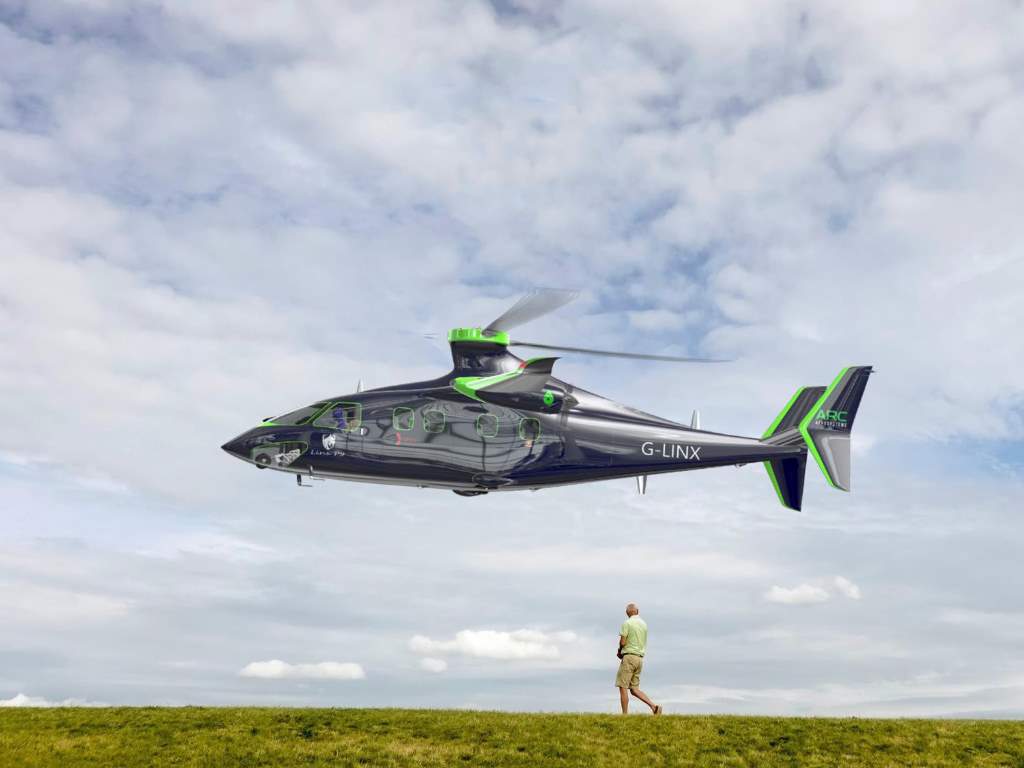eVTOL innovator launches sustainable passenger aircraft

UK-based aviation startup, ARC Aerosystems, has unveiled its anticipated new passenger aircraft at the Air finance Journal event in Dublin.
The ARC LINX P9 is the latest in a successful line-up of eVTOL aircraft from ARC’s team. It’s designed to carry 9 passengers as a cost-effective, low-carbon solution to intercity travel.
Using Vertical Take-Off and Landing technology, the LINX P9 has the flexibility of a helicopter, with the performance of a fixed-wing utility aircraft, designed to address the challenging needs of regional air mobility.
The LINX P9 is a full-composite structure aircraft, with two variants of Hybrid Electric and twin turbo-prop power train both running on SAF/ Hydrogen in future, a high wing configuration, and is unpressurized and equipped with a retractable tricycle landing gear. It’s able to perform a jump take-off and no-roll landing without the need of a runway, making it a highly versatile passenger and cargo craft, fit for a wide range of use cases.
Sustainability and efficient transport have become key focus points across the globe, as has the ever-growing population. This has resulted in a shift in perspective towards addressing these challenges, including reducing urban traffic, improving safety and reliability and shifting away from fossil fuels. The LINX P9 has been created in direct response to these requirements.
There have been a number of innovators looking to make waves in this field, but ARC have set themselves apart from many of their competitors, having successfully carried out test flights for their cargo models, C-150 and C-600.
ARC’s CEO, Seyed Mohseni, believes the LINX P9 could be the missing link in achieving Advanced Air Mobility: “It’s a very exciting design concept that is the ultimate solution for the market, that is affordable, safe and practical, whilst providing the right answer to the current environmental concerns.”
The LINX P9 offers a 40% more cost-effective alternative to helicopters (based on the DARPA model) and 30% increased range compared to similar size helicopters (based on the Roskam method).
For ARC, the next stage now includes the development of test models to optimise the design, beginning the journey of bringing this craft to market.
To date, ARC have already completed 100% scale test for their C-150 craft - proving their ability to make their designs a reality - and Mohseni is confident the LINX P9 meets the needs of the market:
“Development of an air vehicle requires dedication to understand clients' needs in 5 to 50 years in the future, and define a road map of a timely certifiable technology to achieve solutions for those needs.”













